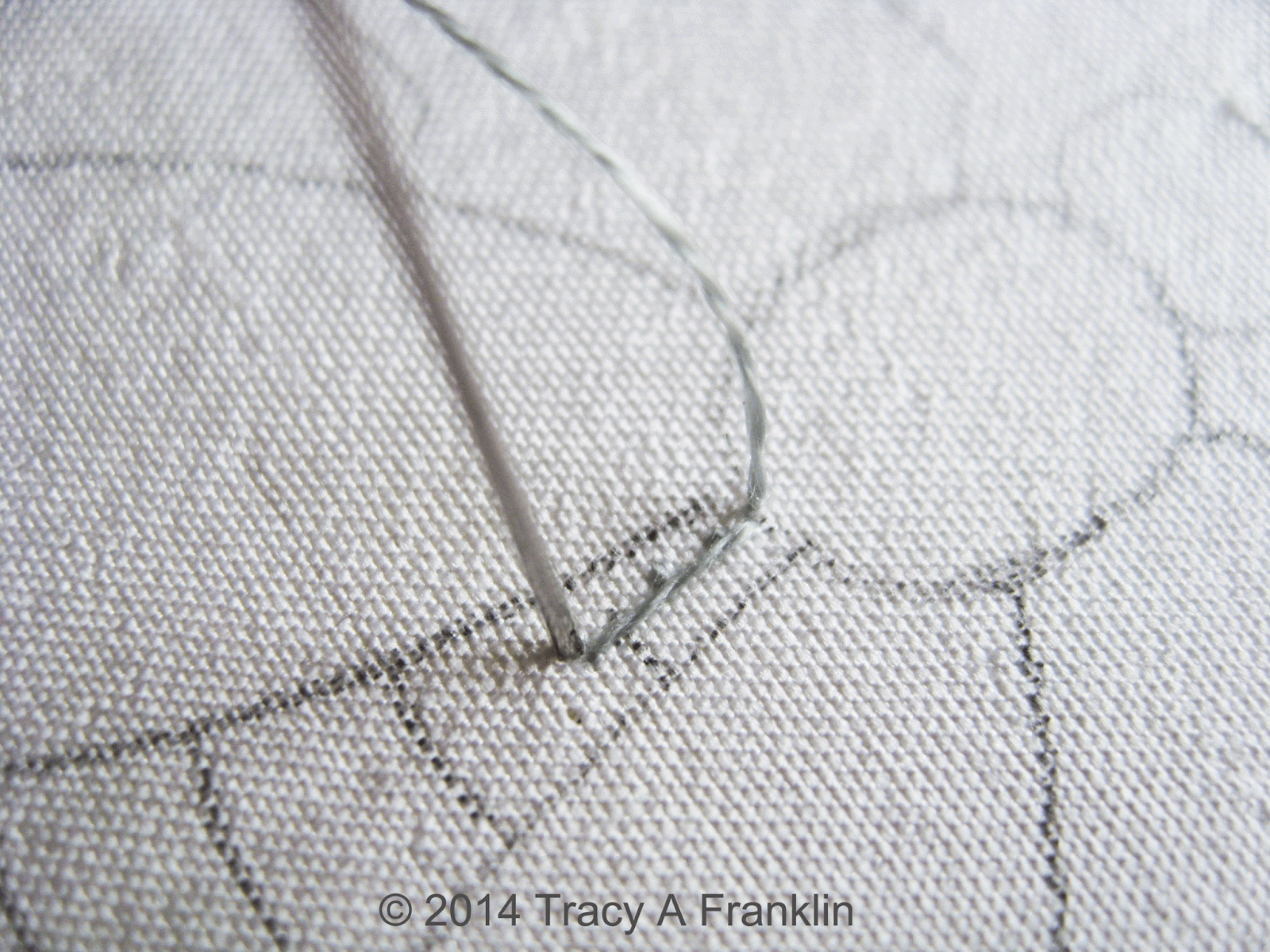free style pulled work, stem stitch, herringbone stitch, woven silk chiffon, eyelets, running stitch, back stitch, hem stitching, free style pulled work, hem stitching
in more detail
students work - part 1
students work - part 2
This is a workshop I have just taught in the Scottish Borders in Jedburgh, working on a linear whitework sampler, creating a lot of hand stitch ideas on different natural fabric surfaces, including pulled work, drawn thread work, shadow work, eyelets and surface embroidery.
The idea for me is to continue the sampler and work more ideas which may include machine embroidery, mixed media, and more traditional and contemporary hand stitching.
I will of course do more postings on my blog as I continue to experiment and explore.













